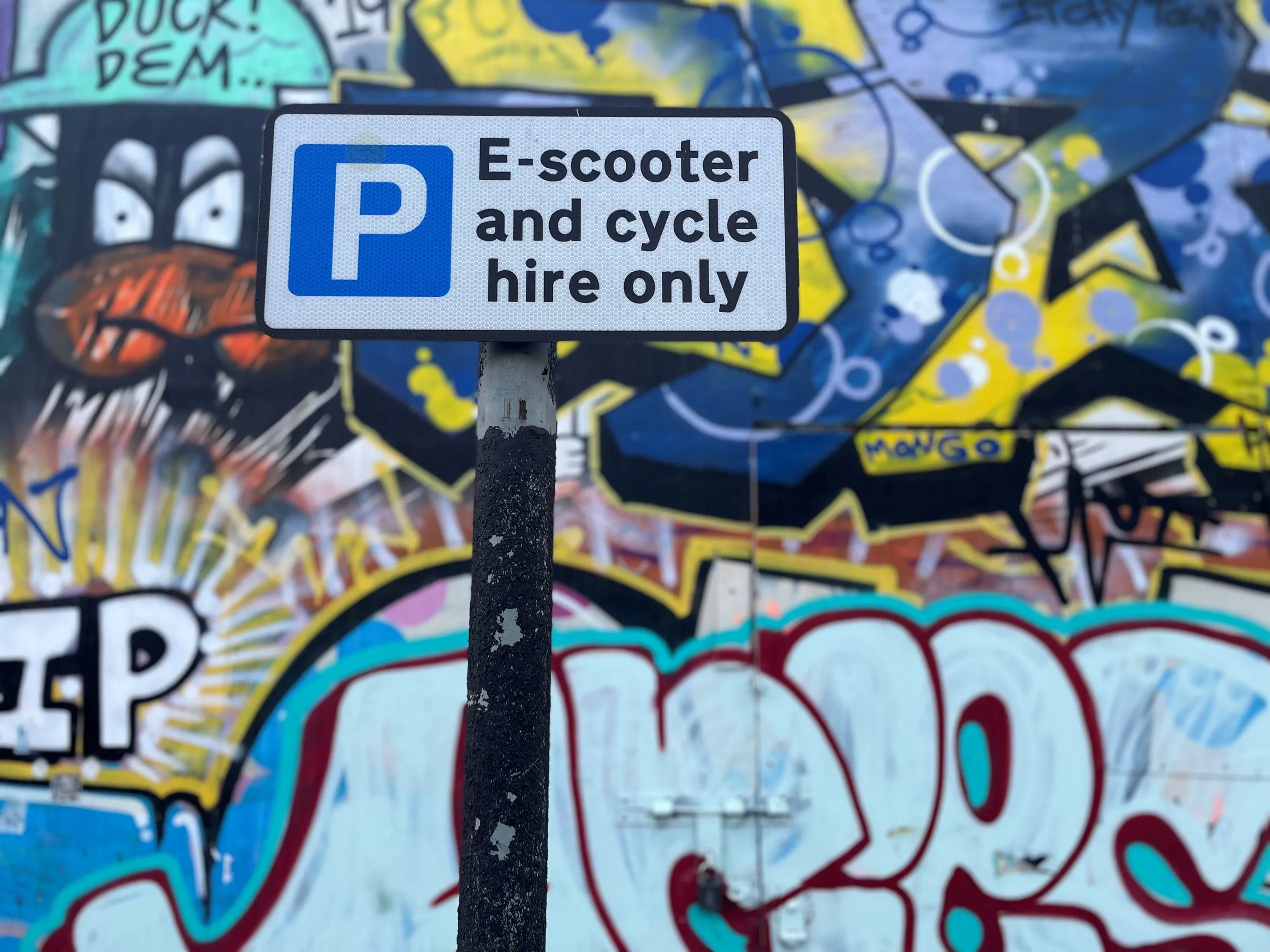
In January, the US National Transportation Safety Board (NTSB) released a series of videos called V2X – Preserving the Future of Connected Vehicle Technology, hosted by NTSB member Michael Graham. I was pleased to participate in the second episode, Impact of FCC Actions and Global Advancements.
The week after the series was released, ITS America and the American Association of State Highway Transportation Officials (AASHTO) presented oral arguments to the DC Circuit Court, appealing the Federal Communications Commission (FCC)’s order reallocating the majority of the spectrum in the 5.9 GHz band for use by unlicensed devices.
While there is no magic bullet to reduce crashes and fatalities, we have a responsibility to use all the tools at our disposal to save lives. The best tool we currently have is connected vehicle technologies – but without wide-scale deployment, we can’t hope to move the needle on reducing traffic fatalities.
ITS America is pursuing several strategies in addition to our legal case to preserve the viability of Vehicle to Everything (V2X) communications. First, we have been working within the FCC’s rule-making process, advocating for the retention of adequate spectrum for the range of V2X message types, explaining the importance of sufficient interference limits, and arguing in favour of a reimbursement mechanism for stranded V2X deployments.
If the FCC continues to move forward with reallocation, we have also called on the Commission to work with the Department of Commerce (DOC) and the Department of Transportation (USDoT) to identify suitable additional spectrum for V2X deployment.
We have demonstrated that the full range of V2X applications - including sensor sharing and cooperative manoeuvring, which are important for enhancing automated vehicle (AV) safety, and vulnerable road user safety applications - would be unable to fit within a 30 MHz spectrum environment.
To fully use the tools that will be lost due to this spectrum reallocation, an additional 40 MHz of low-latency, mid-band spectrum is required. These spectrum attributes are essential for allowing the instantaneous, reliable message transmission that is required to avert crashes and coordinate vehicle actions at high speeds.
In addition, we have worked with a wide-ranging coalition of V2X stakeholders representing state, city, and county departments of transportation, public transportation, automakers, vehicle suppliers, trucking, transportation safety groups, law enforcement, first responders, vulnerable road users, and other interested groups – this coalition has continued to ask the US Congress to intervene and offer appropriate protections for V2X technologies.
ITS America’s Future of V2X Working Group is also evaluating how best to deploy V2X technologies in a limited 30 MHz spectrum environment. This group released a preliminary 30 MHz Application Map in 2021, which shows what message types and applications might be supported despite the FCC’s actions reallocating spectrum.
Currently, we are undertaking research to further evaluate deploying V2X in 30 MHz of spectrum and will soon release a 30 MHz survey, seeking input from across the transportation industry to inform our next version of the Application Map. These efforts are laying the foundation for moving V2X forward with whatever spectrum is available.
Our focus remains on trying to ensure whatever spectrum is available for V2X is usable and protected from interference, seeking to preserve the full 75 MHz through our appeal, and asking the FCC to work with DOC and USDoT to identify additional spectrum elsewhere so that we can realise the full benefits of V2X technologies.

The fight for V2X technologies is intensely personal to me; I have teenage boys who are about to get their driving permits. They ride their bicycles to school every day, and I worry about their safety every day. People in communities across the country should be able to safely walk, bike and drive in their neighbourhoods and on our roadways. We urge USDoT, NTSB, DOC, and others to continue to discuss the importance of V2X to transportation safety and to work with the transportation industry to determine how best to deploy V2X services in the available spectrum.
ABOUT THE AUTHOR:
Laura Chace is CEO of ITS America









